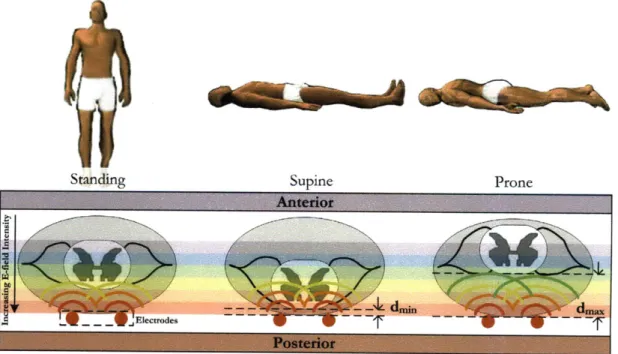Advanced therapy learning algorithm for spinal cord stimulation
Texte intégral
Figure




Documents relatifs
This study assessed the change in dyspnea, self-esteem and physical self mean scores and stability in patients with moderate COPD during three consecutive four-week periods: at
After observations and calculations, we have concluded that super- ficial gas and liquid velocities, void fraction and the type of incoming multiphase flow are the main parameters
Cependant, chez certains patients qui ne répondent pas à la posologie initiale de 75 mg/jour, une augmentation de la dose peut être envisagée jusqu’à une posologie
this bottleneck is still valid. Deep learning is adapted to such problems where knowledge is implicit in the data. c) Deep neural networks are composed of a huge
Therefore, we selected a soil from a wood preserving facility site (contaminated by As) and decided to follow As release as it was the only trace element measured on site at
Avec l’épingle, nous perçons le bouchon collé dans le petit pot, au centre.. Nous posons ce pot sur l’autre, en utilisant les morceaux de
Modificazioni genetiche delle piante di tabacco con riduzione significativa della concentrazione di trico- mi sulle foglie di tabacco, capaci di stoccare Pb-210 e
This study demonstrates, for the first time, the feasibility of the SC activity monitoring using NIRS in transmission mode in a big animal model, where the





